The Giving Tree, The Paper Dolls, Harold and the Purple Crayon, Pippi Longstocking…there are so many great books that we enjoyed in childhood, which were your favourite?
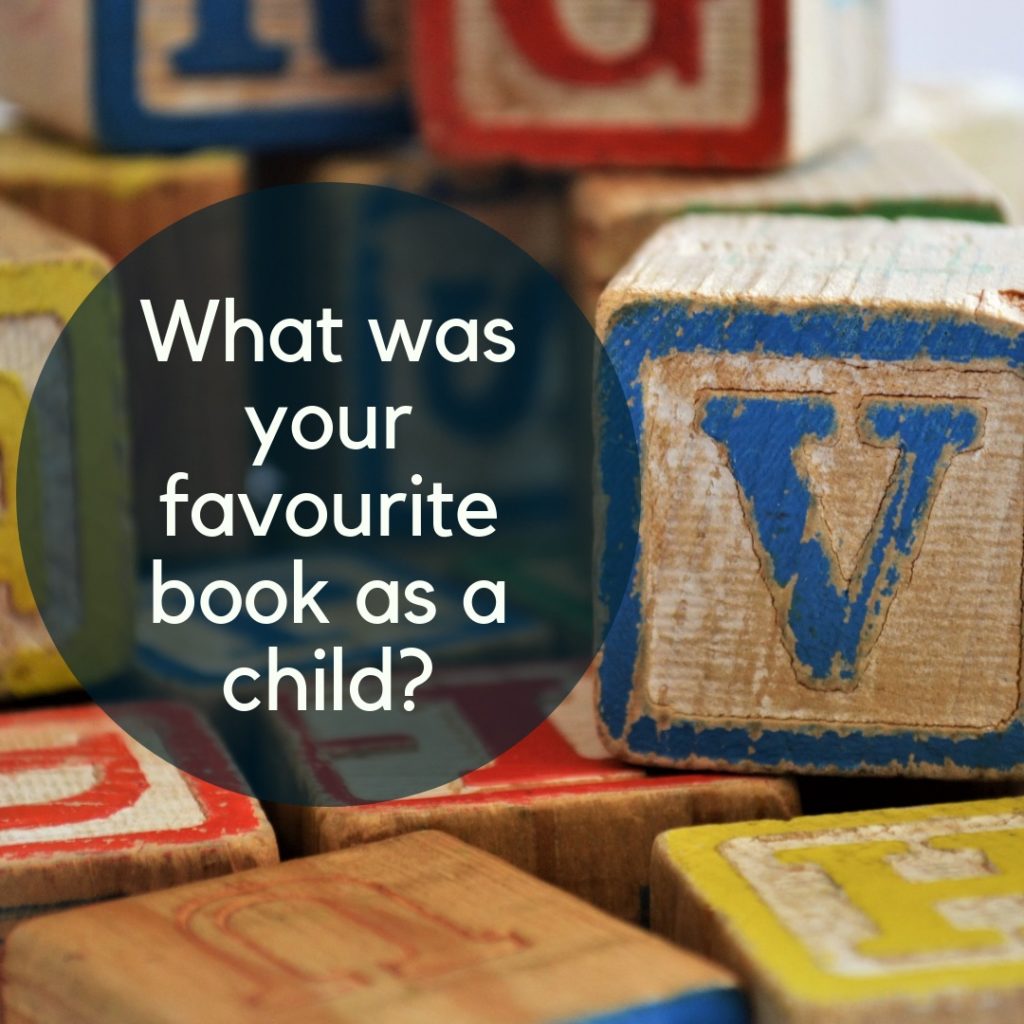
The Giving Tree, The Paper Dolls, Harold and the Purple Crayon, Pippi Longstocking…there are so many great books that we enjoyed in childhood, which were your favourite?

Each year across Australia, the CBCA brings children and books together by celebrating CBCA Book Week. During this time schools, libraries, booksellers, authors, illustrators and children celebrate Australian children’s literature. Keep your eye out for Karen’s post this Thursday where she shares her learnings from attending library school and how it helped with raising her children to be readers.
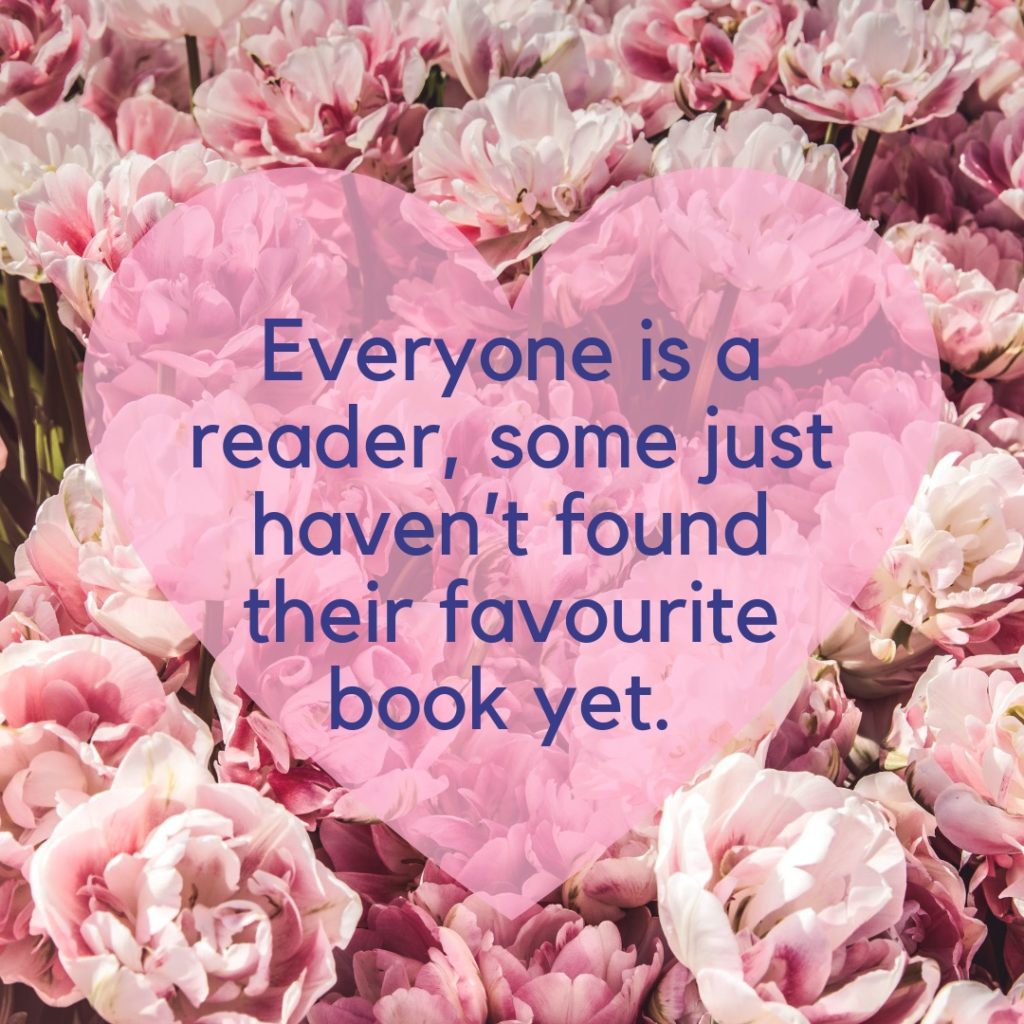
The Man Booker International Prize short list is announced today, but while we’re waiting why not get to know the long list here:
https://booko.com.au/man-booker-international-prize-2019-long-list

Pic source : themanbookerprize.com
Jarrett Krosoczka gets to use his imagination as his full time job writing children’s books. in this Ted Talk he shares with us 10 new children’s books that are bound to become classics.
This week on the blog we’ll be looking at the best books for reluctant readers but for today we’re asking you how you foster a love of reading in your home?
When the children were smaller we’d pair books with finger puppets to help make stories come to life.
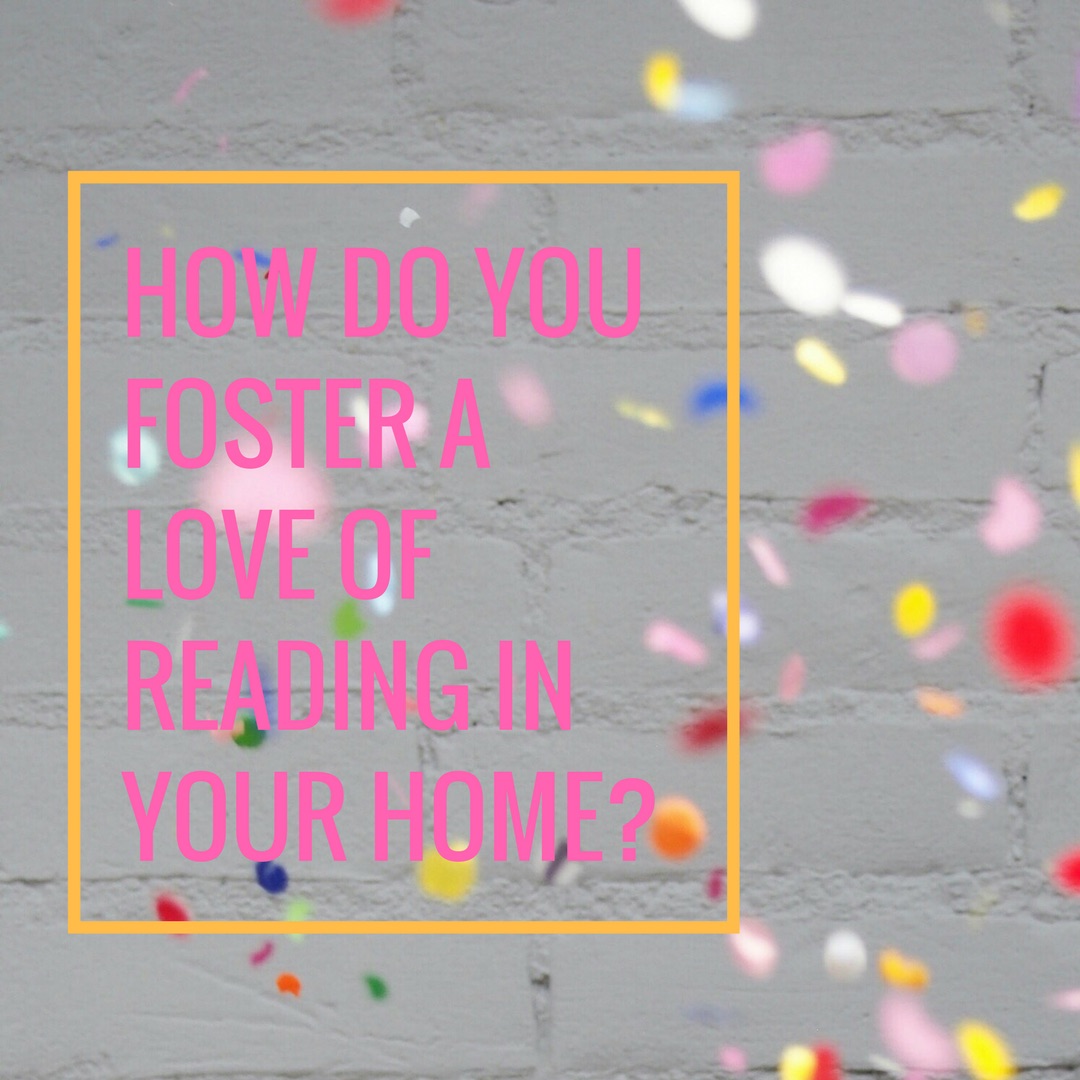
There are so many great reasons to open a book…in our home it’s for a mix of learning, relaxing and broadening horizons. Why do you like to read?
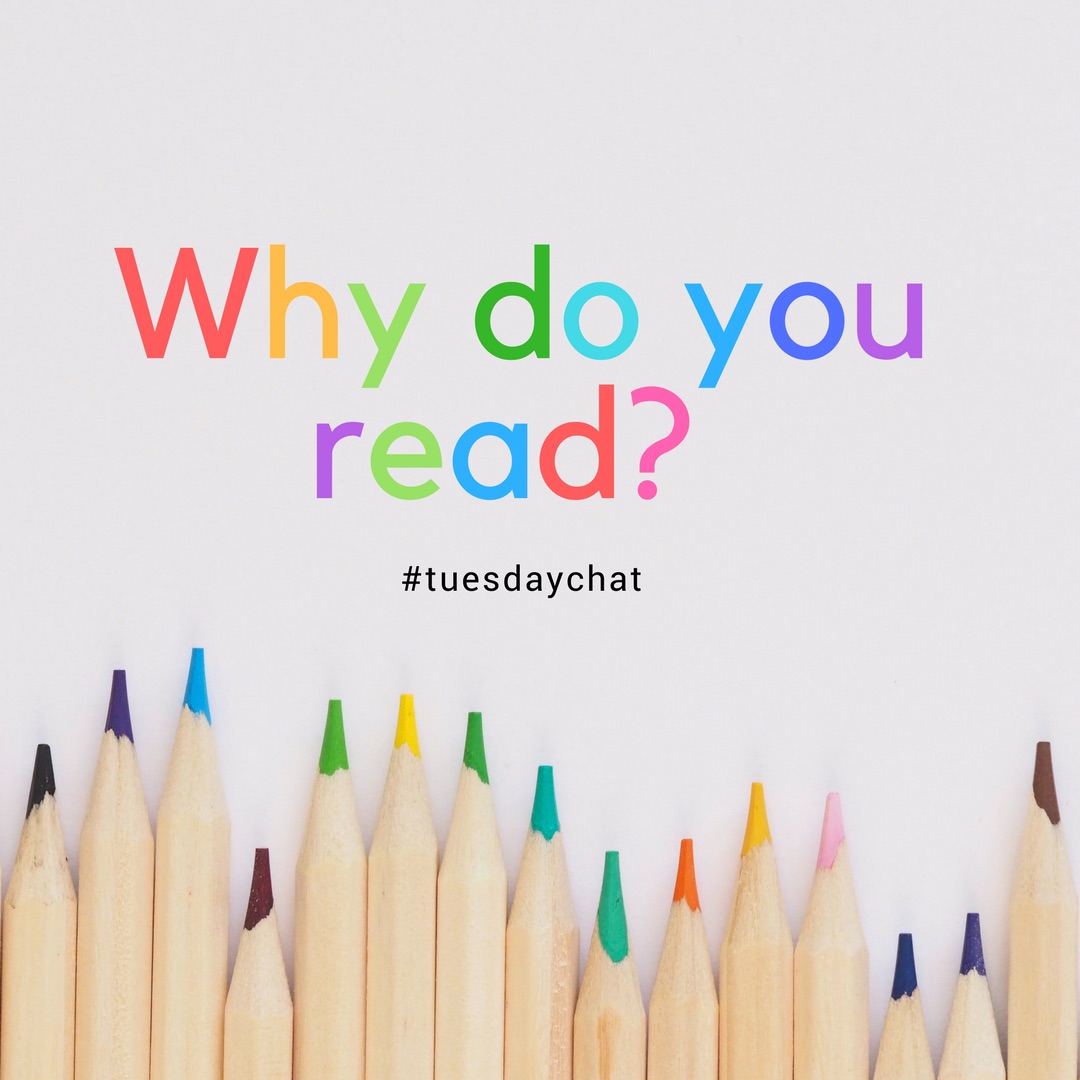
Can you imagine not being able to help your child with their homework? For many people in our society, reading their mail or filling out a form is a seemingly impossible task.
14% of adults (one in seven) in our community have low levels of literacy, according to the Programme for the International Assessment of Adult Competencies (PIAAC) survey. Many of the tasks you might take for granted like reading medicine labels, writing lists, interpreting maps, reading instruction manuals and other things that we encounter in our lives are a challenge.
If you know of a family member, friend or neighbour that could benefit from assistance, there’s a multitude of resources that can help improve their proficiency (as you might imagine). Here are some of them:
Eligible adult migrants and humanitarian entrants to Australia can access up to 510 hours of free English lessons.
Part of the Australian Government Department of Education and Training, this site provides a range of adult literacy resources, training material and Professional Development resources for industry trainers/assessors.
National Literacy and Numeracy Week
This occurs from 29 August – 4 September and celebrates the progress Australian schools are making in raising the literacy and numeracy levels of students.
Skills for Education and Employment
This site provides language, literacy and numeracy training to help people improve their speaking, reading, writing or basic maths skills. The program aims to improve chances of getting and keeping a job, as well as making everyday life easier.
Bringing attention to literacy challenges is quite often met with shame and embarrassment. What’s important to bear in mind is that people who acquire literacy skills later in life are adults; they think like adults and require resources and support tailored to them specifically. We’ve sourced a range of resources suited to adults learning to read and write, here are some of them:
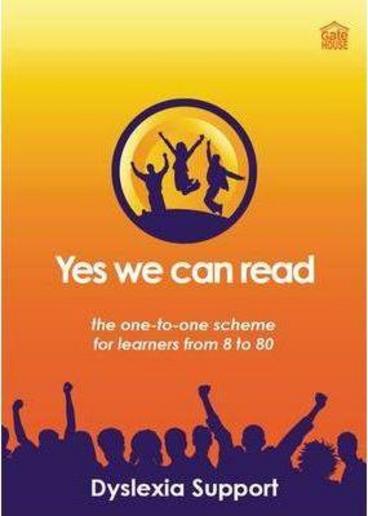 Yes We can Read by Libby Coleman
Yes We can Read by Libby ColemanGatehouse Books is a great source of literacy support books. ‘Yes we can read’ is a fantastic ‘go-to’ book because it guides the coach through the entire program. Suited towards any learners between the ages of 8 and 80, it’s a phonics-based program helping people develop reading for meaning.
The book teaches you how to help with teaching individual phonic sounds, blending sounds, building words and sentences together and reading fluently.
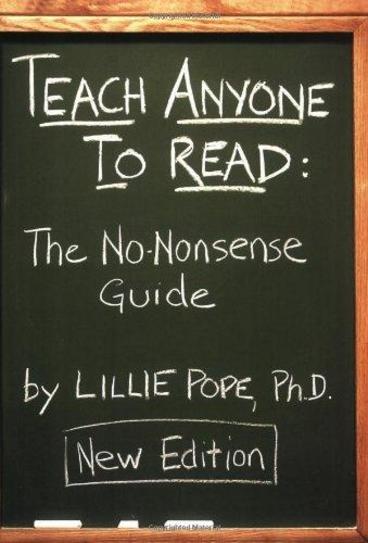 Teach anyone to read by Lillie Pope
Teach anyone to read by Lillie PopeIf you’re not trained as a teacher and not an expert in the field, teaching an adult to read might seem like an overwhelming ask. Pope’s books is as ‘no-nonsense’ as she claims. The techniques described in Pop’s book have been used successfully for more than 50 years and by thousands of instructors, helping thousands of students to read.
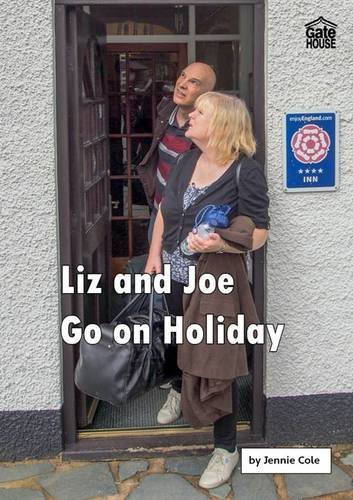 by Jennie Cole
by Jennie ColeThis book is part of a series that feature the Liz and Joe characters. Aimed at new readers, it’s targeted at those learning English as a second language (ESOL), In short story format, the books are illustrated with colour photos and in a comic books style format. The objective of these titles is to gradually increase your vocabulary with regards to daily life. Other titles in the series include Joe’s Surprise, Liz and Joe Have a Day out and Liz Gets a Gas Bill.
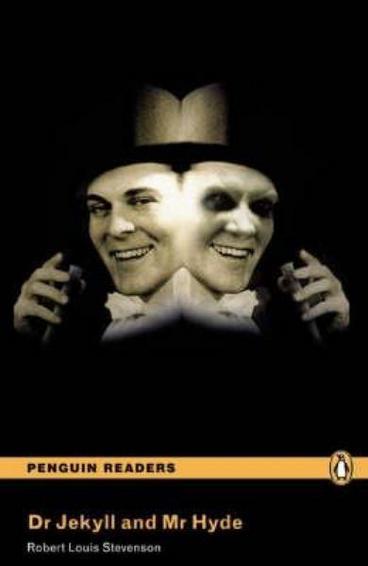 Dr Jekyll and Mr Hyde: Level 3 by Robert Louis Stevenson
Dr Jekyll and Mr Hyde: Level 3 by Robert Louis StevensonPearson English Readers have a great reputation as a ‘go-to book’ when working with adults. Like most readers they work in a graded system and they cover a range of titles, including Young Adult or Adult titles, making them suitable for adult literacy support.
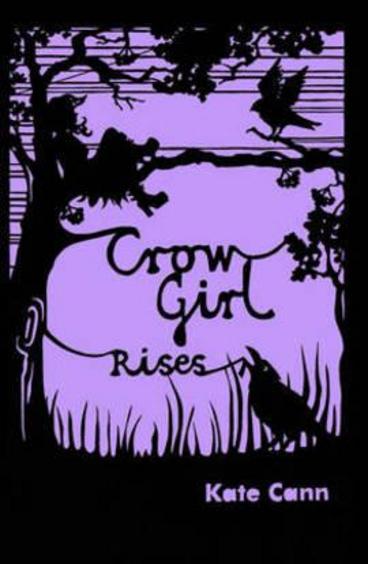 Crow Girl Rises by Kate Cann
Crow Girl Rises by Kate CannCrow Girl Rises is published by Barrington Stoke, a publishing company established by a mother-daughter team aimed at helping children and teens suffering with dyslexia. Innovations such as dyslexia-friendly font, tinted paper and short, engaging achievable books from an amazing range of authors have helped them win a number of publishing awards. This title is aimed at the Teen/Young Adult reader and deals with the teenage themes of love, parties and friendship (with a halloween theme).
Learning to read, or rather teaching someone else to learn to read can be a daunting task – do you start with phonetics, rhyming, sounds or learn the name of letters? Whatever way you choose, sharing the love of reading needs to be fun, relaxed and exciting. Our favourite book on the topic is The Read Aloud Handbook by Jim Trelease, it’s been a wonderful resource for several of the Booko children. Here are our top 10 tips from the book:
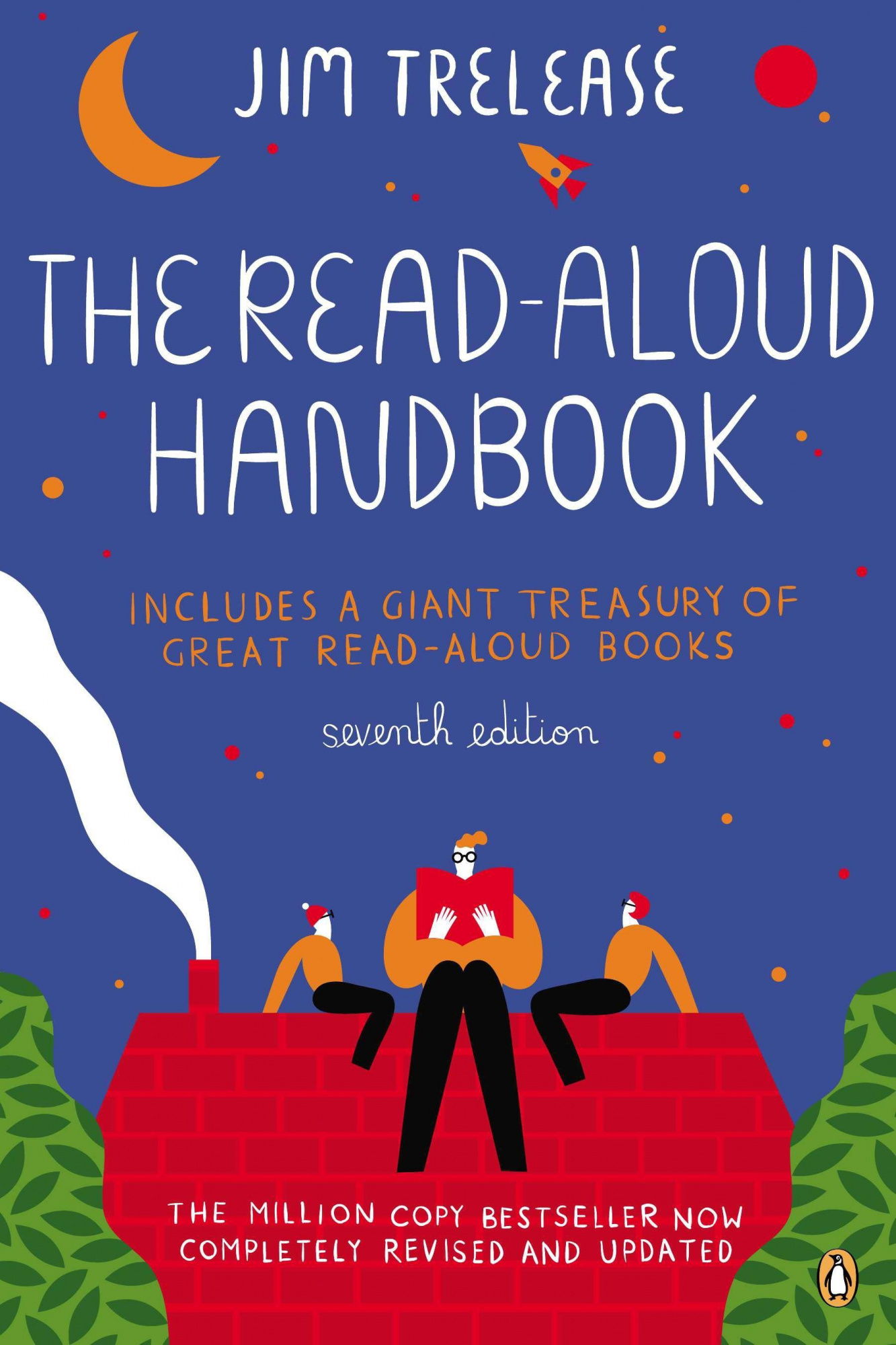 The Read-Aloud Handbook by Jim Trelease
The Read-Aloud Handbook by Jim Trelease
Upon its first publication in 1982, millions of parents and educators have turned to Jim Trelease’s beloved classic for more than three decades to help countless children become avid readers through awakening their imaginations and improving their language skills. It has also been a staple in schools of education for new teachers. This updated edition of The Read-Aloud Handbook discusses the benefits, the rewards, and the importance of reading aloud to children of a new generation. Supported by delightful anecdotes as well as the latest research (including the good and bad news on digital learning). The Read-Aloud Handbook offers proven techniques and strategies for helping children discover the pleasures of reading and setting them on the road to becoming lifelong readers.
Here’s a few of our favourites to help you share the joy of reading aloud:
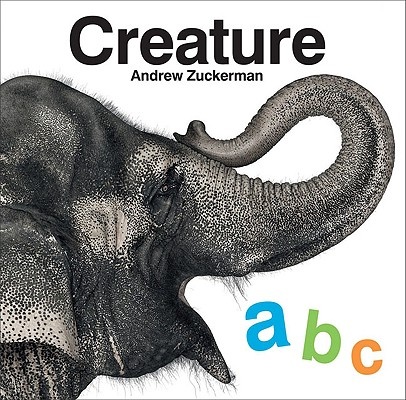 Creature abc by Andrew Zuckerman.
Creature abc by Andrew Zuckerman.
Alphabet books can be valuable for teaching kids the sounds that letters make — but only if they are fun to read! Creature abc is fun; it features amazing animal photographs and an entertaining format. On one page is a letter (e.g. “Aa”) and a photograph of an animal’s body part (e.g. an alligator’s hand). When I read this book, I make the letter’s sound, and my kids guess what animal they will see on the following page.
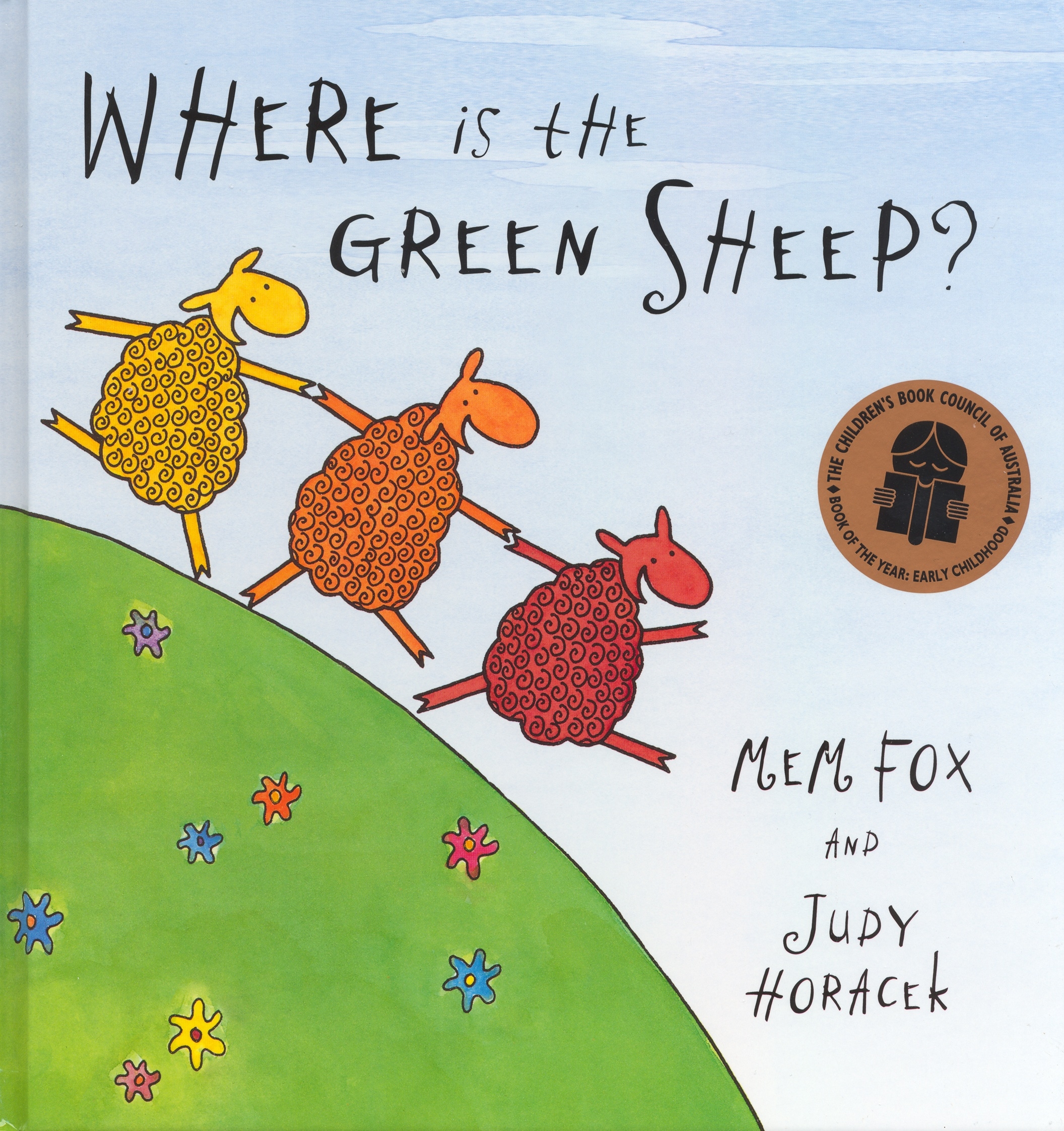 Where is the Green Sheep by Mem Fox
Where is the Green Sheep by Mem Fox
There are red sheep and blue sheep, wind sheep and wave sheep, scared sheep and brave sheep, but where is the green sheep? The search is on in this cozy, sheep-filled story from beloved author Mem Fox and popular Australian cartoonist Judy Horacek. Complete with sleepy rhymes and bright illustrations, this book is sure to delight children of all ages, from the very young to those just beginning to read. Mem has never owned a sheep, let alone a green one, but she does admit to having woolly thoughts from time to time. Judy loves drawing things, especially sheep. This is her first flock.
Goodnight Moon by Margaret Wise Brown
This gentle bedtime story, which has lulled generations of children to sleep, is the perfect first book to share at bedtime. In a great green room a little bunny is tucked up snugly and safely in bed and is getting ready to say goodnight to all the familiar things in his room, one by one. Margaret Wise Brown’s comforting, rhythmical text accompanied by the warmth of Clement Hurd’s classic mid-century illustrations make Goodnight Moon a timeless picture book, which is known and loved around the world.
 I Am So Strong by Mario Ramos
I Am So Strong by Mario Ramos
This is a terrific read aloud – it’s a book with some yelling in it, with a handful of familiar characters like a wolf and Red Riding Hood and three pigs, joined by a couple of dwarfs, and a baby dinosaur and his HUGE mother.
Most of all, have fun together!